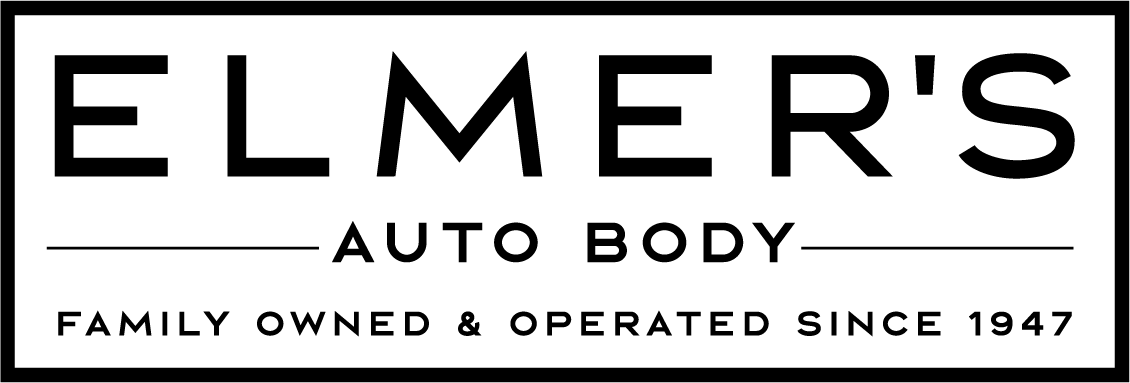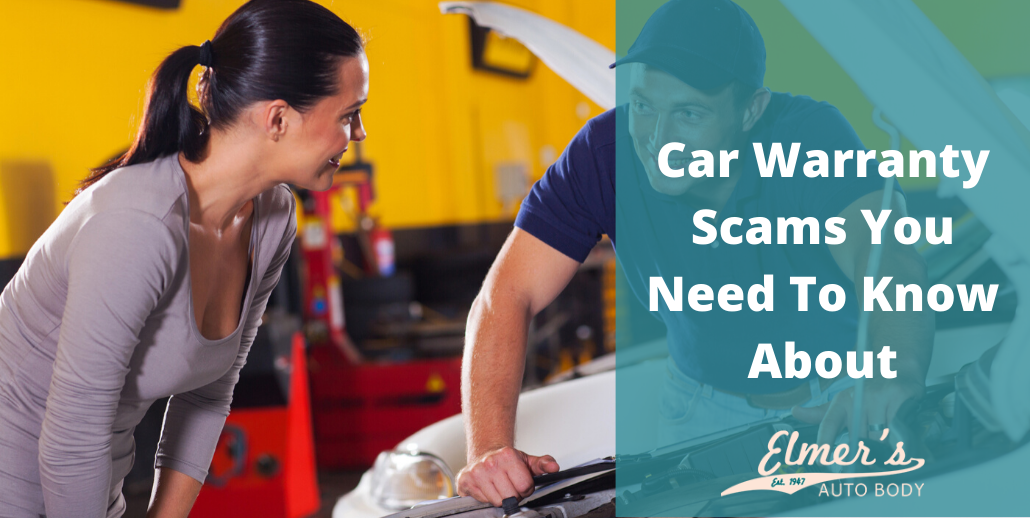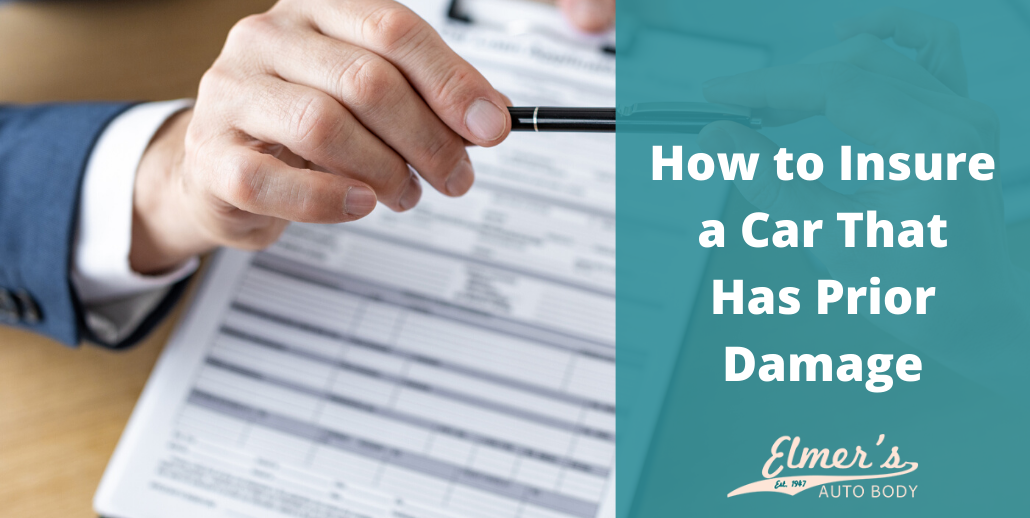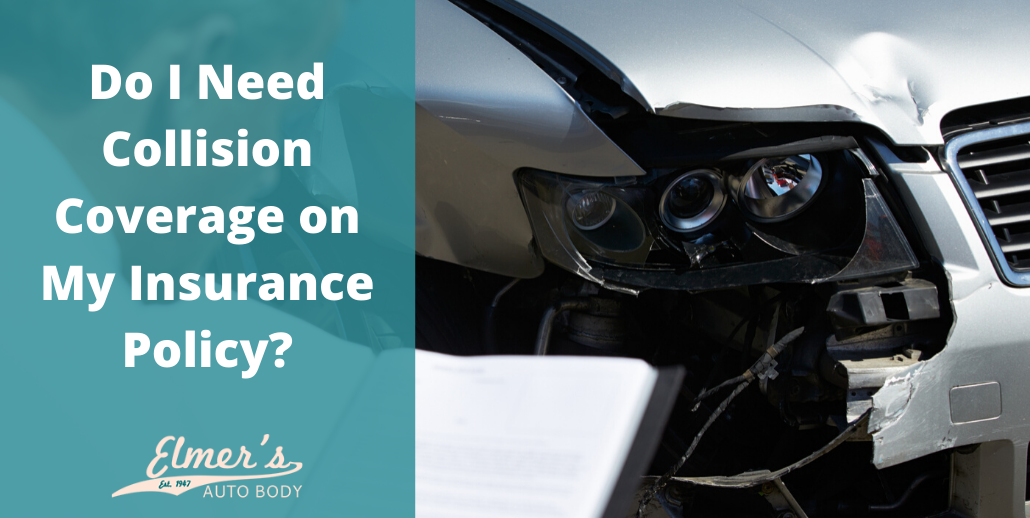You’re thinking about extending the warranty on your vehicle, but you’re also aware of the scams out there concerning car warranties. You want coverage on your car, truck or SUV, but you’re in a quandary about how to go about it. So, what do you do when you really want to extend your warranty? Ask yourself, I need to know about car warranty scams and how I can avoid being taken for a ride. Here is some information that will give you the lowdown on what to avoid.
Phone Calls and Mailings
You may recall receiving a phone call or two or even robocalls from telemarketers trying to use high-pressure tactics to convince you that the warranty on your vehicle is about to expire and you need to extend it before the deadline approaches. You may have also gotten a notification in the mail showing the expiration of the warranty on your car. A letter or postcard will appear as though it’s from the vehicle manufacturer, a car dealership or a state motor vehicle department, and there will be a phone number to call to extend coverage. Before you call that number, which you shouldn’t, check directly with the manufacturer of your vehicle to determine your warranty status.
Third Party Contracts
When you’re dealing with are third-party entities offering extended warranty contracts, you need to watch out for what they are peddling as their representatives will do what they can to convince you they are operating legitimately. They usually have no connection or ties with the company that manufactured your vehicle.
Again, contact with a third-party company can happen through a phone call, an online offer or a mailing that appears to be very official. If you buy into their hype, you’re asking for services you’ll likely never receive. Even if the company is operating legitimately and has no connection with the manufacturer, you want to examine every aspect of the contract to determine whether your vehicle will be covered for any repairs or service. There is always the notorious fine print clauses that usually translate as denial of repairs for common everyday wear and tear types of problems or anything that is thought to be an existing issue with your vehicle. A third-party contract can leave you without extended warranty coverage for the most basic repairs, or nothing at all.
Protecting Yourself Against Car Warranty Scams
If you find yourself in the situation of trying to recoup services and money from an unscrupulous third-party warranty company, you can file a complaint with the Better Business Bureau (BBB) or you can go through the Federal Communications Commission (FCC) and lodge a complaint with them. They can help you recover your money and shut down harassment from scammers. You can also make a request through the Federal Trade Commission (FTC) that your phone number be placed on their National Do Not Call Register.
Having to deal with robocalls coming into your home or business can be a real annoyance. One way to combat calls is to use robocall blocking software that helps stop calls from unscrupulous car warranty companies. Caller ID is also an easy way to screen and identify calls from telemarketers. Many cell phone company providers offer apps that can help you screen calls. An honest warranty company should provide a genuine number that can be contacted to stop continuous car warranty scams calls.
When you take calls from telemarketers, validate the company’s authenticity before you provide them with any of your personal information such as your Social Security number, credit card numbers, driver’s license number or bank account specifics. With any mailings you receive regarding your car’s warranty, you can check with the manufacturer through their contact information. You can also go online and confirm whether the warranty information matches what’s on any correspondence.
Real Extended Warranty Help
You can get a manufacturer’s extended warranty on a new or used car. This is the safe route to take as you can be confident that your vehicle will be dealt with professionally through a certified auto repair shop that uses original parts and employees highly trained mechanics.
If you don’t want to invest in the cost of an extended warranty through the manufacturer, start your own repair and replacement savings account for your vehicle to offset the costs of maintenance, repairs and replacement parts. Putting aside some money every month is often less expensive than an extended warranty that you might not use that often.
When you decide on an extended warranty, you may want to think about investing further in an exclusionary policy that covers anything that is not listed or covered on your policy. Being unsure of what is or isn’t covered in an extended warranty can leave you with having to pay out of pocket expenses for an uncovered repair or replacement.
Whether you’re thinking about investing in an extended warranty backed by the manufacturer or a reputable third-party warranty and aren’t that familiar with car warranty scams, complete the online contact form, and an expert will get back to you with the information you need to make an informed decision. Whatever you decide, make sure you get the answers you need concerning car warranty scams and always read the fine print in any plan. Save yourself the expense and trouble that a third-party extended warranty scam can cause. Please fill out our online contact form to have more of your auto repair needs met.





